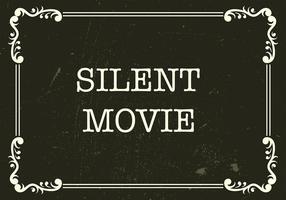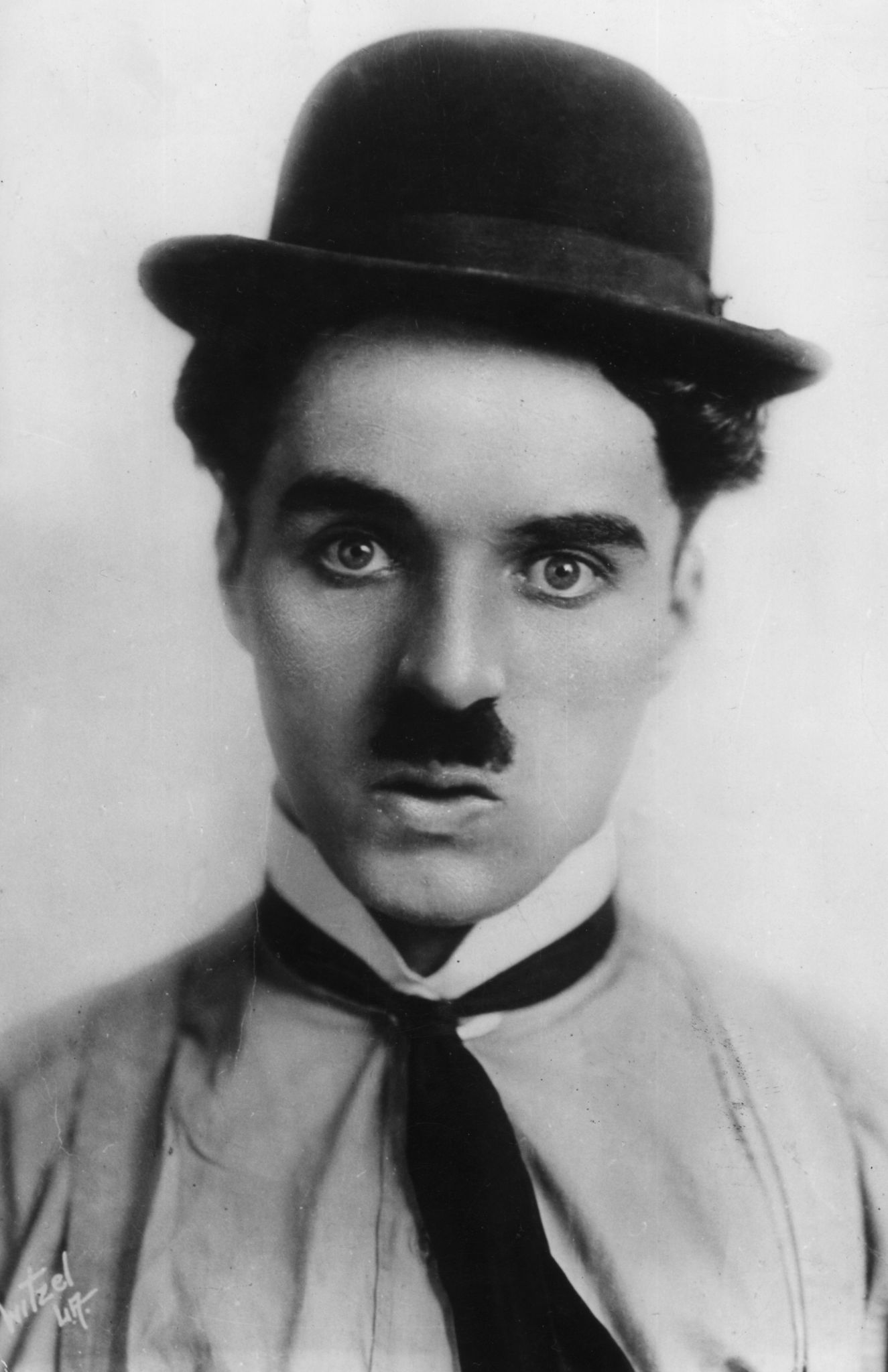Unit 3/4 - Silent Movie

Research
Silent movies are films that feature no sound in them, and we have been working on creating our own silent movie by watching videos in class. Most inspiration has come from Charlie Chaplin as he made comedy films. For example, one clip shows Chaplin doing over the top acting, and using extravagant facial expressions. He also does this with his body movements. Subtitles are key to silent movies, because they can progress the story. The audience/viewers can see what the actors are saying if the story is too plot heavy and require dialogue being used.

Research
Silent movies are films that feature no sound in them, and we have been working on creating our own silent movie by watching videos in class. Most inspiration has come from Charlie Chaplin as he made comedy films. For example, one clip shows Chaplin doing over the top acting, and using extravagant facial expressions. He also does this with his body movements. Subtitles are key to silent movies, because they can progress the story. The audience/viewers can see what the actors are saying if the story is too plot heavy and require dialogue being used.
Scene Breakdown of "Don't look at the light"
Scene 1 - Friend’s House - 4 friends are playing the Ouija board and ask 2 questions.
This is what we say: 1. Are there any spirits with us? 2. Is something bad going to happen today? And the answer to each question was “yes”. They then stop playing.
Scene 2 - Fun Fair - At the fun fair They decide to see the fortune teller. Ashley asks about her future, she is told that she will die in the haunted house. He then says if you chose to go in do not look at the blue light or else.
Scene 3 - Outside the haunted house - They decide to go to the haunted house, but Ashleigh does not want to enter because she’s afraid of what the fortune teller told her. But we convince her to go in.
Scene 4 - Inside the haunted house - When they walk in one of the friends looks directly at the blue light that she was told not to look at, she then becomes hypnotised and unable to move, the other friend comes in front and looks at her trying to help her when told not to, then she becomes hypnotised after the first one. The friend that came out the hypnosis stood there in confusion. Whilst one of the friends tries to help the hypnotised friend. While helping the hypnotised friend she accidentally looked at her and fell into a deep sleep. After falling into a deep sleep all her friends went back to normal and were extremely worried about the friend that had fallen asleep and tried to wake her up. Whilst trying to wake the friend up the fortune teller appeared and told them that they were wrong to come to the house and they shouldn’t have come and explain that he wants everyone’s soul as he had already take the friend who had fallen into a deep sleep. One of the friends runs away to start up the car and the two friends left in the house started to argue about if they should leave the hypnotised friend or to run away and leave.
Scene 5 – car - The 2 friends run out of the house and jump straight into the car; the fortune teller sends the hypnotised friend to go and get the 3 friends.
Production Values
In class we have story boarded all significant scenes we had to include to film our silent movie as we wrote lines that were important to use as subtitles to the movie. We decided to go with our normal clothes except for my character which was the Fortune teller. Moreover, the fortune teller had a dominant role to the 4 friends as they walked around the haunted house. We thought about spacing and how the teens will move regarding the green screen behind them, as we didn't know how big it was going to be. The story board helped us go through scene by scene where the setting was and what we were doing, so we can have a clear structure on the story.
Props
- Tinfoil
- Ball
- Table
- Chairs
- Rose
- plate
- Ouija Board
We found the props to be useful especially the crystal ball on a table, because they helped give a visual aid to the scene enhancing the vibe of a fortune teller seeing the future. I think this was significant, because this portrays how the fortune teller is dependent on it and using his powers to demonstrate to the people looking at it. We wrapped the tinfoil over the ball to make it look like a crystal ball on top of a plate. This made it stand out, because the foil was shiny and made it easier to place it on the plate. If we used a real crystal ball we would have to worry about it breaking or being placed on the table properly. I think this was a fantastic decision, because we won't worry about breaking it or dropping it while filming.
- Scarf
- Red Durag
- Shiny Blazer
- Shirt
- Blaser
- Black Trousers
- Rose


Rehearsals
What Went Well
I thought the scene that did well was the first scene with the Ouija Board as we knew what questions we had to ask and everyone's reactions to there being spirits set the atmosphere for the whole story. The next scene that we found was significant was when the teens visited the fortune teller. I believe this was one of our best scenes as we decided to show the dark side to the fortune teller. In my opinion, I think this is an important scene as it reveals the fate of Ashleigh and it shows a deranged side to my character depicting to the teens thinking he might be lying or an unstable mind. This is where we show a lot of facial expressions that are big, and that are excessive. Doing this will portray the emotions of the characters to the viewers.Even Better If
I think what would've been better was the confrontation between the teens and the Fortune Teller, because It feels that we may have rushed into it. When spoken with dialogue we tried to figure out why he would say not to go into the haunted house, and I thought about why he would go and hypnotise them at the end. I feel there would be a backstory where we won't have time to fit in a silent movie. This would portray the intention to the fortune teller and I believe the scene will play out better with dialogue than it being silent, if we had more time to work out what actions to do it wouldn't feel so rushed. Although the confrontation seemed rushed the story line carried over to the next scene. Next time, what I could work on is observing the atmosphere around me, because I was standing in front of a green screen I felt I didn't look around as much or take my time when doing some actions. A struggle for me was to be conscious of where the camera was as you can forget which angle the camera will be or to look directly at the lens. Overall, I enjoyed working on the silent movie and it has given me a wide perspective to how silent movies are played and what we can expand in the next project.
On Tuesday January 21st 2020 we are thinking about how we can fit the instrumentalists in the space.
We decided that we could place them towards the side of the stage next to the audience as this would be beneficial as we will have more spacing for the actors. Moreover we have to also think about props. For example, We have to include a table and chairs within the space given a table and chairs within the space given. I personally didn't think we would be able to get all 5 of us on the stage
Planning of CPT Theatre
On Tuesday January 21st 2020 we are thinking about how we can fit the instrumentalists in the space.
We decided that we could place them towards the side of the stage next to the audience as this would be beneficial as we will have more spacing for the actors. Moreover we have to also think about props. For example, We have to include a table and chairs within the space given a table and chairs within the space given. I personally didn't think we would be able to get all 5 of us on the stage

On January 28th, we were discussing lighting for the show. First we made a scene breakdown of each lighting will be used.
A second year Production Arts student named Ezra came into our class to discuss lighting and sound for each scene. This was so it could play during our Silent Movies as he will set up lighting and sound. Ezra will help alongside the team at Camden People’s Theatre.
SCENE BREAKDOWN OF LIGHTING
Scene 1 - Friend's House





